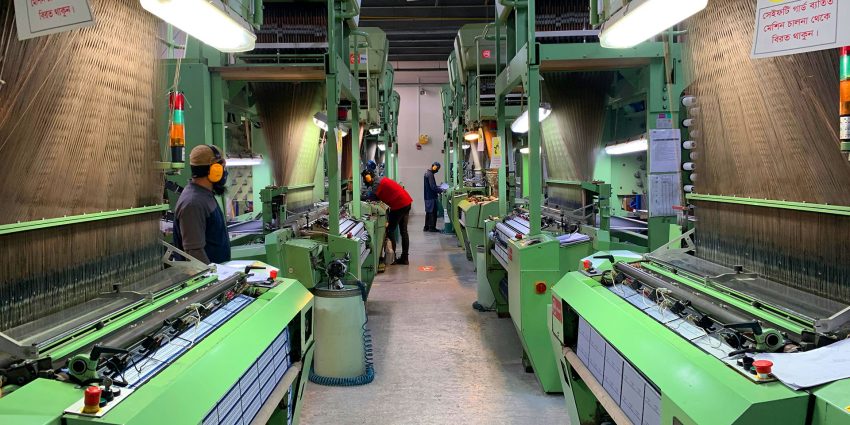Walk into any hardware store and you’ll see the price gap immediately. Two tools that look similar sit side by side. One costs half as much as the other. The temptation is strong, why spend more when the cheaper option promises to do the same job? But seasoned craftspeople know better.
Some hand tools cost more upfront because they save money, and headaches, over time.
The Real Difference Is in the Build
Cheaper tools are often made quickly, with lower-grade materials. The result is a product that works fine for a short while but wears down fast. Edges dull, handles crack, and parts loosen. Premium tools, on the other hand, are crafted with stronger steel, better finishes, and designs that withstand years of use. They’re not just built to function. They’re built to endure.
Precision That Pays Off
Beyond durability, expensive tools often deliver better results. A punch that lands perfectly every time. A knife that slices cleanly without pulling fibers. These small differences add up.
Poor cuts or sloppy finishes mean wasted materials, and wasted materials mean wasted money. Investing in precision means fewer mistakes, less waste, and more consistent results.
The Two Biggest Ways Quality Tools Save Money
- Longevity. A well-made tool can last decades, sometimes even a lifetime. Instead of buying replacements every year, you buy once and keep working.
- Efficiency. Quality tools reduce errors and speed up tasks, which saves both time and the cost of lost materials.
Together, these factors often make the more expensive tool the cheaper option over its lifespan.
Respect for the Craft
There’s also something intangible about working with a tool that was built with care. Professionals feel it, hobbyists notice it too. A balanced handle, a sharp edge, or a smooth strike inspires confidence.
That confidence leads to better work and fewer do-overs. The right tool doesn’t just save money. It elevates the entire experience of making.
When Cheaper Isn’t Cheaper
At first glance, saving twenty or thirty dollars seems smart. But when you add up the cost of frequent replacements, wasted supplies, and frustration, the “budget” tool often ends up costing more.
That’s why experienced craftspeople often say, buy cheap, buy twice.
Two Questions to Ask Before Buying
- Will this tool hold up under daily use? If the answer is no, the low price isn’t really a bargain.
- Does this tool protect my materials? If it risks damaging what you’re working on, it costs more in the long run.
An Investment That Pays Back
The truth is simple: better tools save money because they last, they perform, and they protect both your time and your materials. The higher price tag isn’t a mark-up for looks, it’s a reflection of quality.
So while cheap tools may seem appealing in the moment, the smarter move is often the one that saves you from buying again and again.

